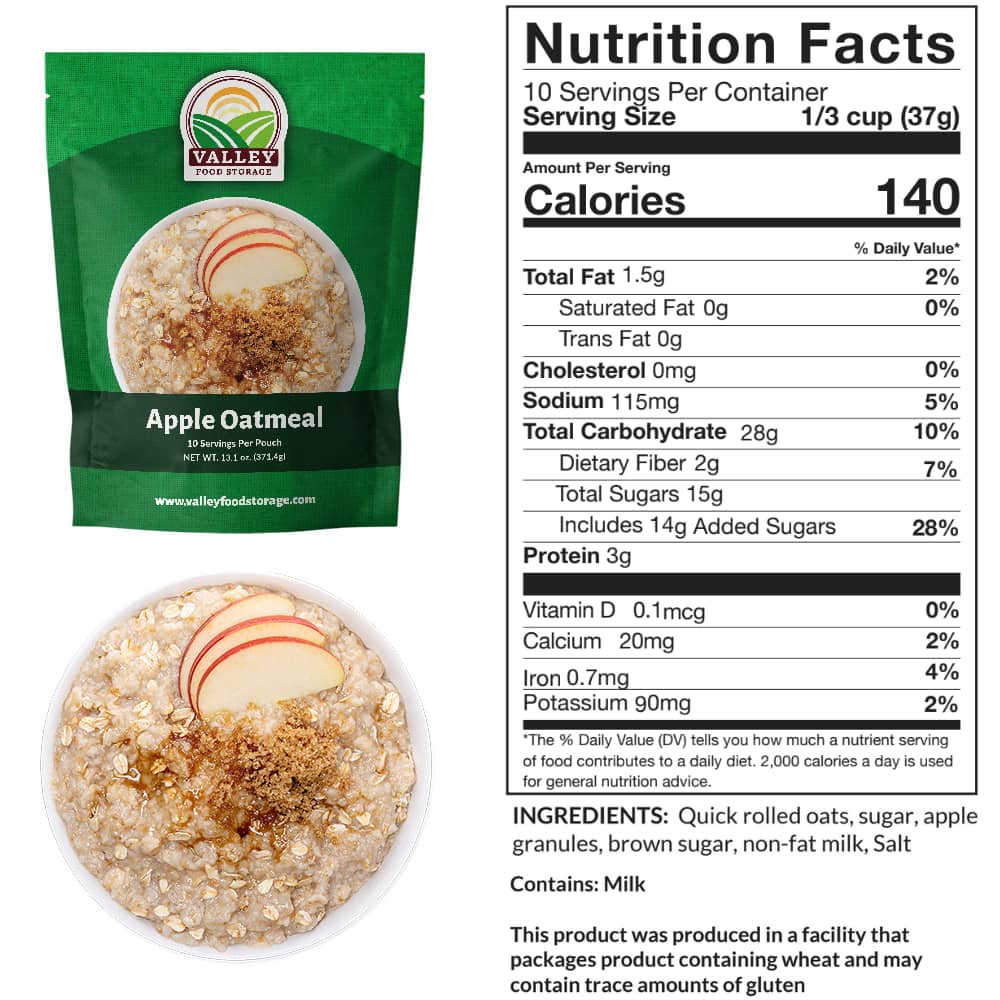

Every food product you buy from Valley Food Storage is clearly labeled with all Nutrition Information required by the FDA and USDA.
Every food product you buy from Valley Food Storage is clearly labeled with all Nutrition Information required by the FDA and USDA.